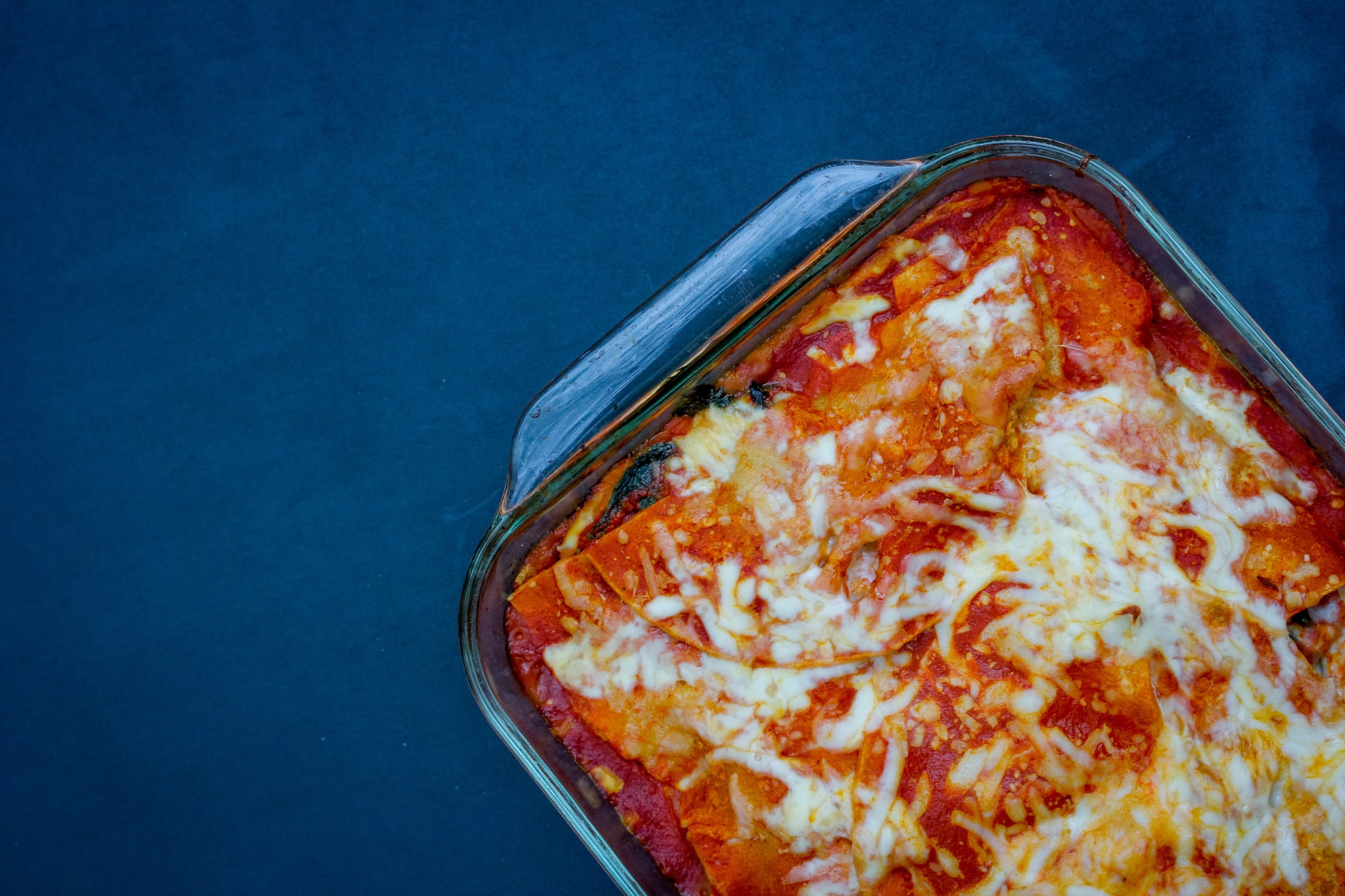Yes, brining—soaking turkey or other meat in a saltwater solution—can be somewhat cumbersome. You have to plan ahead (ideally, turkeys are brined overnight) and figure out how the heck to keep a submerged turkey cool. But, especially for the aspired show-stopper of The Big Meal, it’s well worth it.
The big benefit to brining is succulent, well-seasoned meat that’s much more forgiving in the oven, especially for lean, white meat that we all know can turn to shoe leather in the time it takes to empty the dishwasher.
How does brining work?
Brining works because nature loves balance. When turkey (or chicken, or meat) is submerged in saltwater brine, the water is drawn into the cells (whose liquid is more strongly concentrated) in order to even things out. The salt is carried along on a similar principle, which causes the protein in the cells to denature, or unravel. When they do, they become more readily available to interact with other cells and form a mesh-like barrier that keeps juices in while the meat is cooking. It's like the gregarious person who comes into a quiet, cliquey party and gets everyone to mingle. So the water plumps the cells and the salt alters the makeup of the tissue to keep the meat moist (it also bumps up the umami).
How to brine
Dissolve 1 cup of Kosher salt (and up to ½ cup of sugar if you like) into 2-3 quarts of warm liquid along with any additional aromatics. Then cool to just below room temperature. Completely submerge your turkey or meat, refrigerate and brine overnight (or longer, for super-large birds). For smaller cuts, you can get away with a few hours; don’t brine them for longer than 10 hours, though, or the protein cells will break down too much and become mushy. I find a large stockpot works great for turkey breasts and chickens. For whole turkeys, I like to use a giant Ziploc bag in a cooler loaded with frozen gelpacks.
When Not to Brine
When I first “discovered” brining, I soaked everything … chicken, pork chops, turkey. But as I started sourcing my meat more carefully, I discovered that there were things that I didn’t necessarily need to or even want to brine.
My roast chicken, for instance. I now buy locally-raised, organic, air-dried chickens which are succulent and flavorful with a crisp skin without the extra step of brining. I’ve also had heritage turkeys where I wanted their unique flavor to shine through, rather than be overshadowed by a brine.
You’ll also need to be careful about using drippings from a brined turkey in a pan sauce. Add the drippings to the stock a little at a time to avoid making the sauce too salty.















